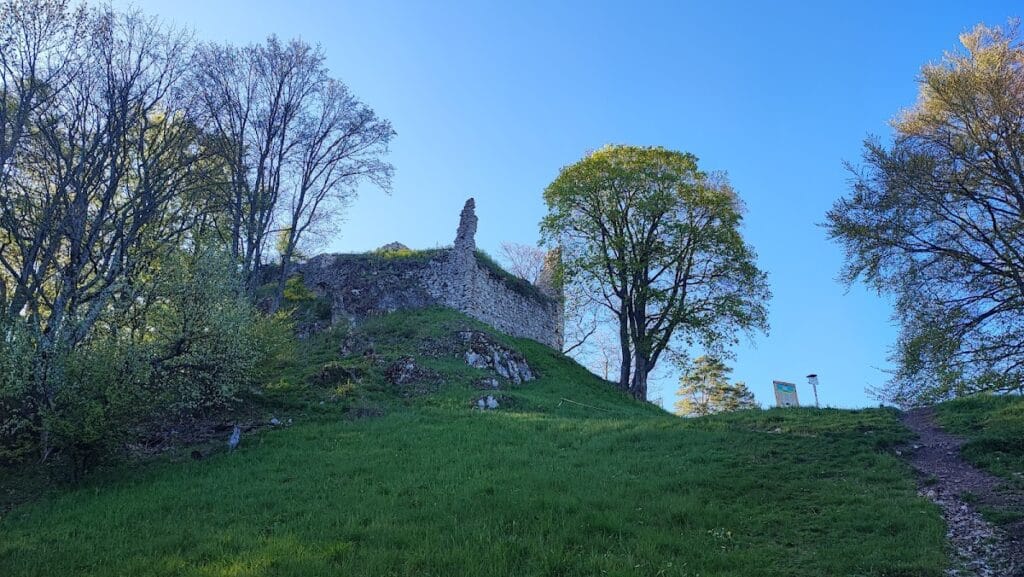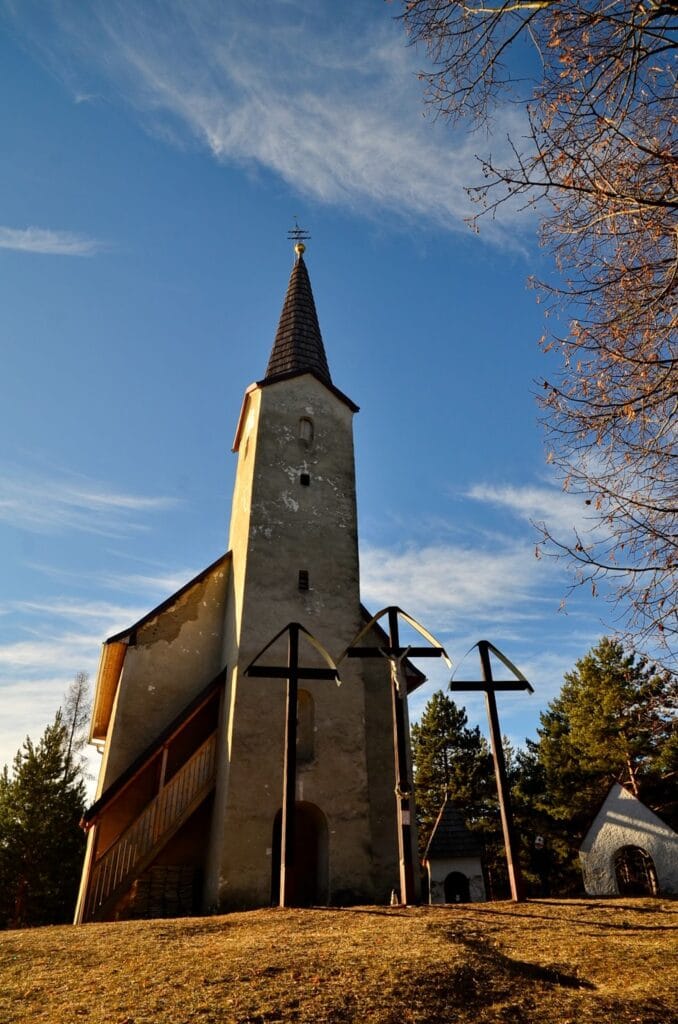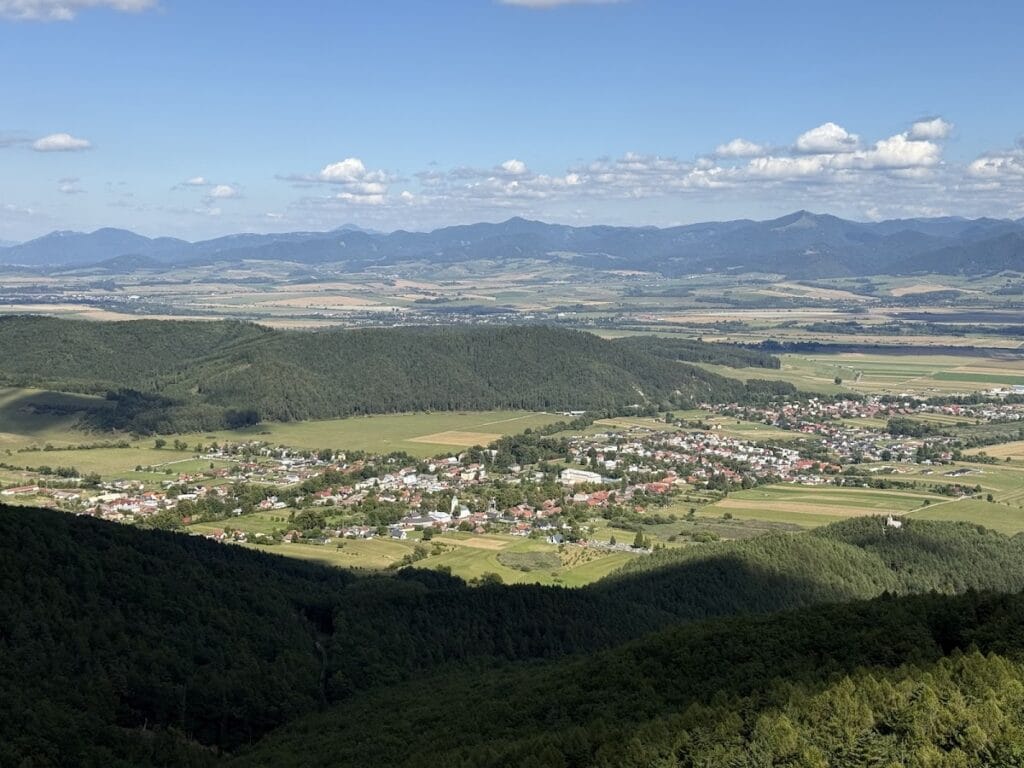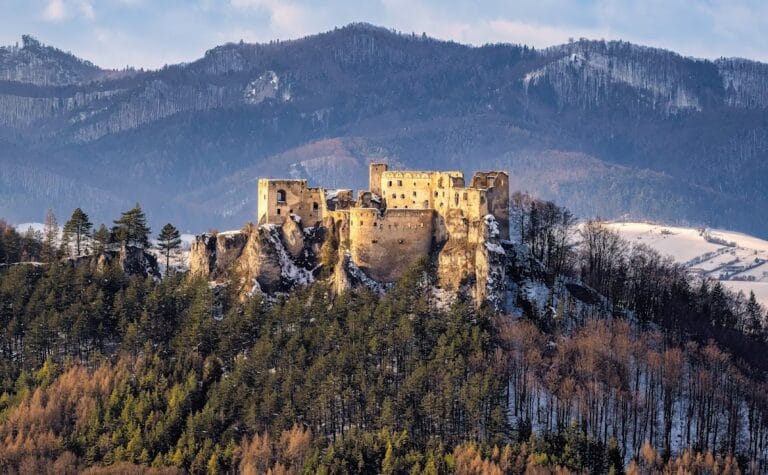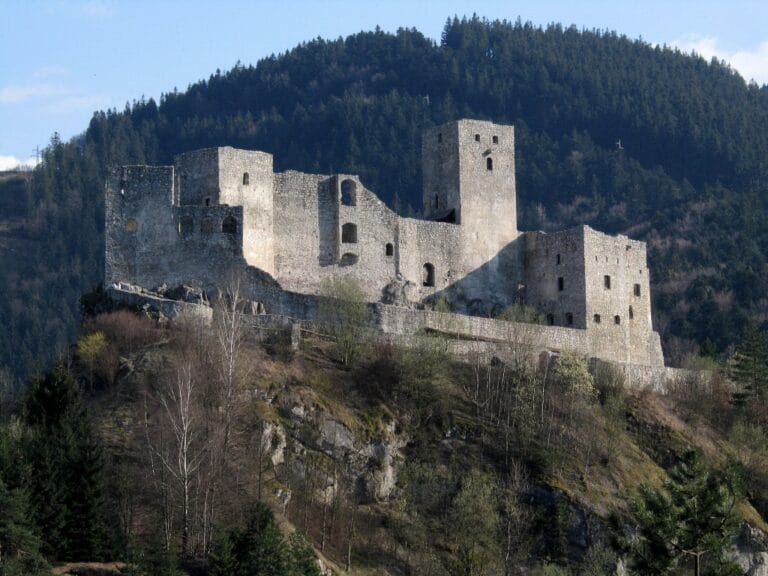Zniev Castle: A Medieval Fortress in Slovakia
Visitor Information
Google Rating: 4.7
Popularity: Low
Google Maps: View on Google Maps
Official Website: www.obecklastor.sk
Country: Slovakia
Civilization: Unclassified
Remains: Military
History
Zniev Castle stands near the village of Kláštor pod Znievom in present-day Slovakia. Built by medieval Hungarian settlers, its origins trace back to the early 12th century within a territory once owned by the Zobor Benedictine monastery.
The earliest mention of this fortress appears in a 1243 document issued by King Béla IV of Hungary, although it was likely established well before that date. A royal charter from 1253 credits Ondrej, son of Ivanko, for his role in its construction, indicating the castle’s development as a significant stronghold during this period. By the mid-13th century, the castle served as a comital seat, which means it functioned as the administrative centre for county officials. This status gave rise to the nearby settlement’s elevation to a serf town before 1266, marking the growth of a supportive community tied to the castle’s operations.
In the early 14th century, ownership transferred to a church official—a provost—who probably expanded the fortress eastwards by building onto a lower terrace. Around this time, the surrounding area, formerly part of the larger Zvolen county, became an independent county known as Turiec. The administrative centre shifted to Sklabinský Castle, which led to Zniev Castle’s decline in prominence. It is during this era that the castle adopted its modern name, moving away from its original designation as castrum Turus or Turčiansky Castle.
The 16th century brought military conflict affecting Zniev Castle directly. In 1530, the castle’s captain surrendered it to Kostka, a supporter of the claimant Ján Zápoľský during the internal conflicts over the Hungarian throne. Soon after, forces loyal to King Ferdinand I recaptured the fortress, inflicting heavy damage in the process. Throughout the 17th and early 18th centuries, the castle changed hands among several noble families, including the Bočkajovci, Tököliovci, and Rákociovci families, reflecting the shifting political and social dynamics of the era.
The last historical record mentioning Zniev Castle dates to 1713, noting that archives were still stored within its walls. In the years following, the fortress fell into ruin. Archaeological interest re-emerged in the 20th century, culminating in excavations led by G. Balaša during 1962–1963, which helped illuminate the castle’s historical development.
Remains
Perched atop a limestone hill at 985 meters above sea level, Zniev Castle occupies a strategic position overlooking the valley and the nearby town of Kláštor pod Znievom. Its original structure comprised an upper castle located at the highest point of the hill. This portion was fortified by a neck ditch—a defensive trench separating the castle from adjoining terrain—and included a distinctive tower complex. The upper castle likely housed essential buildings, such as those for the castle’s economy and the guards’ lodgings, although today only foundational remains survive.
Approximately 100 meters downslope lies a lower building constructed during the 14th century, thought to be a palace-style structure incorporating defensive features. This addition reflects the castle’s architectural evolution following its transfer to ecclesiastical ownership and expansion eastward.
Today, visitors can observe the heavily damaged foundations and stonework of the upper castle, including preserved corner blocks. Notably, remnants of a machicolation (locally known as smolný nos)—a projecting gallery with openings allowing defenders to drop objects or pour substances on attackers—remain visible on the northern side facing the ditch. These remains serve as tangible evidence of the castle’s medieval defensive design.
From later periods, only the ruins of a small tower attached to the eastern side of a Gothic-style longitudinal building endure. Other structures at the site have left faint traces that appear as scattered fragments of walls largely covered by vegetation. Despite the ruinous condition, the original layout of the upper castle can still be discerned in the natural shape of the terrain, providing clues to the castle’s former complexity and scale.
